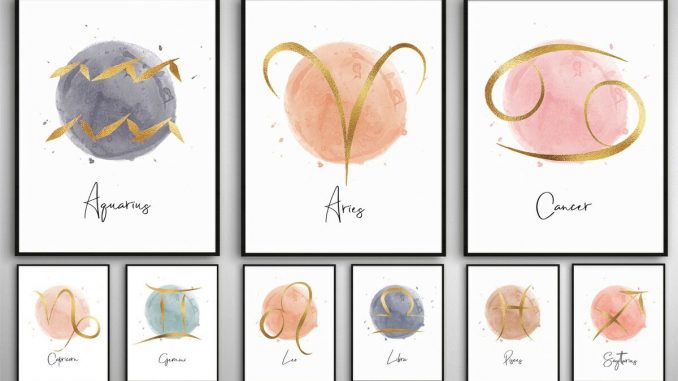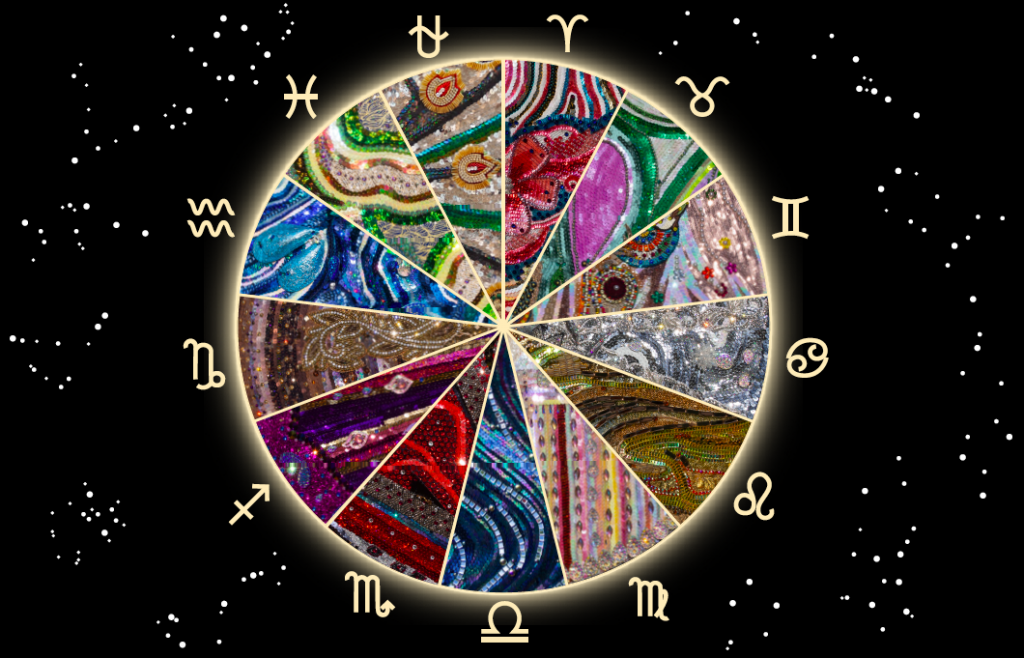
The intricate tapestry of human culture is woven with myriad threads, one of which is the ancient practice of astrology. This discipline, which correlates celestial events with earthly phenomena, has deeply渗透ed into the realms of literature, art, and philosophy, serving as a rich source of metaphor and symbolism. This essay endeavors to explore how astrological symbols are invoked within the genres of poetry, fiction, and painting, analyze the linguistic expressions of constellation and planetary symbolism across diverse cultures, and delve into how these symbols mirror humanity’s contemplation on fate and identity.
Astrological References in Literary and Artistic Expressions
Literature, particularly poetry and fiction, often employs astrological imagery to evoke emotional depth and philosophical insights. Poets like John Donne, with his line “And all in pieces, all in discordance fell, / As if the sky, and ocean, which are one, / Should jar, and Saturn against the sun,” utilize celestial bodies to embody the chaos and discord within human relationships. Similarly, in novels, characters’ traits or fateful turns in the plot might be prefigured by their astrological signs, such as in J.K. Rowling’s “Harry Potter” series where the characters’ horoscopes subtly influence their personalities and choices.
In visual arts, particularly painting, astrological themes have been a staple since ancient civilizations. Artists like Sandro Botticelli’s “The Birth of Venus,” which features Venus emerging from the sea, alludes to her astrological association with the morning star. Such representations not only aesthetically pleasing but also convey deeper meanings about the divine, love, and beauty, all tied to the celestial bodies.

Linguistic Expressions of Constellations and Planetary Symbolism Across Cultures
The linguistic expression of astrological symbols varies widely across cultures, reflecting each society’s unique cosmology and mythology. In Western astrology, the zodiac signs are named after constellations, each with its own mythology and symbolism. For instance, Leo, the lion, represents courage and leadership, while Cancer, the crab, signifies emotional depth and nurturing.
In contrast, Eastern astrology, notably Chinese astrology, assigns animals to the twelve earthly branches, each representing a different year in the zodiac cycle. These animals, such as the dragon (symbolizing power and wisdom) and the rat (representing resourcefulness and adaptability), carry distinct cultural connotations that influence personal identity and destiny beliefs.
Furthermore, Indian astrology, known as Jyotish, integrates with the country’s rich philosophical traditions, utilizing the Nakshatras (lunar constellations) to interpret individual destinies and cosmic events. Each Nakshatra is associated with a deity, a symbol, and specific characteristics, illustrating how astrology intertwines with religious and spiritual beliefs.
Reflecting Human Thought on Fate and Identity
These astrological symbols serve as mirrors to humanity’s enduring quest for understanding fate, free will, and personal identity. By incorporating celestial imagery, artists and writers invite viewers and readers to reflect on the intricate dance between the individual and the cosmos. Do our lives follow a predetermined path inscribed by the stars, or do we have the power to shape our destinies through our choices and actions?

In literature, characters often grapple with these questions, using astrological predictions as a scaffold for their internal struggles and growth. Similarly, in art, the portrayal of celestial bodies can evoke a sense of awe and humility, reminding us of our place within the vast universe while simultaneously celebrating our unique existence.
In conclusion, astrological symbols in literature and art are not mere decorations but powerful tools for exploring complex human experiences and existential inquiries. They transcend cultural boundaries, reflecting the universal human desire to connect with the cosmos and find meaning in the vast tapestry of life. Through these celestial metaphors, we are invited to ponder our place within the universe, the nature of fate, and the enduring quest for self-discovery.

Leave a Reply